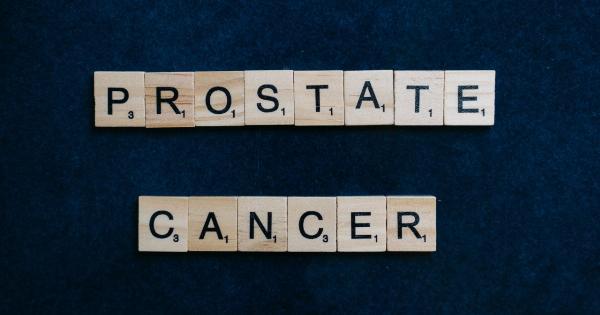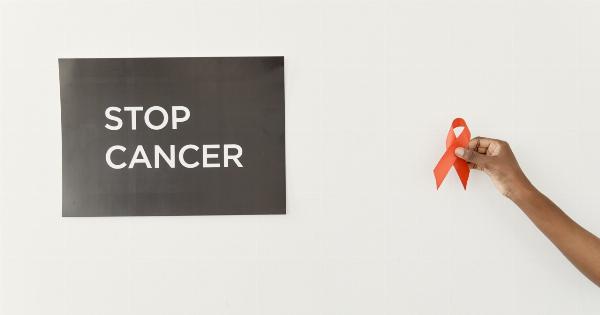Cancer is a terrifying disease that can manifest in various forms within the human body. Its effects range from mild discomfort to life-threatening consequences.
While cancer is commonly associated with tumors in organs like the lungs, breasts, or prostate, it can also affect unexpected areas such as the gums. In this jaw-dropping case, we explore how cancer changes the color of a woman’s gums and delve into the implications of this alarming condition.
The Case: A Startling Discovery
It all began when Jane, a 45-year-old woman, noticed peculiar changes in her gum color. What was once a healthy pink hue turned into a dark and unsettling shade of brown.
Alarmed, Jane immediately made an appointment with her dentist to get to the bottom of this unnerving alteration.
The Diagnosis: Oral Cancer Unveiled
After conducting a thorough examination, Jane’s dentist diagnosed her with oral cancer. While she had initially believed that issues with gum color were just cosmetic, the reality was far more sinister.
The discoloration was a tell-tale sign of a severe underlying health problem.
Oral cancer is a type of cancer that can affect the lips, tongue, cheeks, and gums. It often begins as a tiny sore or abnormality in the mouth, which, when left untreated, can progress into a more significant concern.
In Jane’s case, the discoloration of her gums was an early indication of an oral cancerous growth.
The Symptoms: Beyond Gum Discoloration
While gum discoloration is a prominent symptom, it is essential to be aware of other indicators that may accompany oral cancer. These symptoms signify the severity and progression of the disease and require immediate medical attention.
Some common signs include:.
1. Persistent Soreness or Patches
If you notice a sore or patch that doesn’t heal within two weeks, you should be concerned. These persistent abnormalities can be a sign of oral cancer.
2. Difficulty Swallowing or Chewing
Oral cancer can disrupt the normal functioning of your mouth, making it difficult to swallow or chew without discomfort.
3. Numbness or Pain
Experiencing numbness or pain in your mouth, tongue, or jaw can be an alarming symptom of oral cancer. This discomfort may persist or worsen over time.
4. Lump or Thickening
Feeling a lump or thickening in your mouth or on your tongue can indicate a malignant growth. It is crucial to have these checked promptly by a healthcare professional.
5. Weight Loss
Unexplained weight loss can occur when oral cancer affects an individual’s ability to chew or swallow properly.
The Treatment Options: Confronting Cancer Head-On
Upon receiving an oral cancer diagnosis, Jane’s journey took a new and challenging turn. With the support of her medical team, she explored various treatment options available to combat the disease.
1. Surgery
Surgical intervention is often necessary to remove cancerous cells and affected tissues. This procedure is typically followed by reconstructive surgery to restore any lost functionality or appearance.
2. Radiation Therapy
Radiation therapy utilizes high-energy beams to target and destroy cancer cells. It is commonly employed alongside other treatments or as a standalone option.
3. Chemotherapy
Chemotherapy involves the use of powerful drugs to kill cancer cells. This treatment is usually administered in cycles and may lead to various side effects.
4. Targeted Therapy
Targeted therapy specifically targets cancer cells, aiming to interrupt their growth and survival. This treatment option is often utilized when specific genetic mutations are detected in the cancer cells.
5. Immunotherapy
Immunotherapy works by stimulating the patient’s immune system to recognize and destroy cancer cells. It is a promising avenue that is still being researched extensively.
Prevention and Early Detection: Your Best Defense
Cancer is a complex disease, and prevention is always the best approach. While it may not be possible to eliminate all risk factors, a few changes in lifestyle and habits can significantly reduce the chances of developing oral cancer. Here are some tips:.
1. Quit Smoking and Limit Alcohol Consumption
Smoking and excessive alcohol consumption are among the primary causes of oral cancer. Avoiding or quitting these habits can greatly decrease your risk.
2. Practice Good Oral Hygiene
Maintaining excellent oral hygiene is crucial for overall dental health. Regular brushing, flossing, and dental check-ups can help prevent oral diseases and aid in early detection of abnormalities.
3. Protect Yourself from Sun Exposure
Excessive sun exposure can increase the risk of lip cancer. Use lip balms and sunscreens with adequate SPF to protect your lips from harmful UV radiation.
4. Be Mindful of Your Diet
A balanced diet rich in fruits, vegetables, and nutrients can boost your immune system and help defend against cancerous cells.
The Road to Recovery: Jane’s Inspiring Journey
After undergoing a combination of surgery, radiation therapy, and targeted therapy, Jane emerged victorious in her battle against oral cancer.
Although the road to recovery was long and challenging, her resilience and determination played a crucial role.
Today, Jane is an advocate for oral cancer awareness, sharing her story to inspire others to prioritize their health and seek immediate medical attention if they notice any concerning symptoms.
Conclusion
Jane’s harrowing experience serves as a stark reminder of the diverse ways cancer can manifest within our bodies. The unnoticed change in gum color, which initially appeared harmless, ultimately led to a life-altering diagnosis.
It is crucial to be aware of potential symptoms and seek medical advice promptly if anything seems amiss.
While cancer is an intimidating adversary, medical advancements and early detection techniques offer hope and a path towards successful treatment.
By familiarizing ourselves with the symptoms, prevention methods, and available treatment options, we can empower ourselves and our loved ones in the fight against this terrifying disease.
























